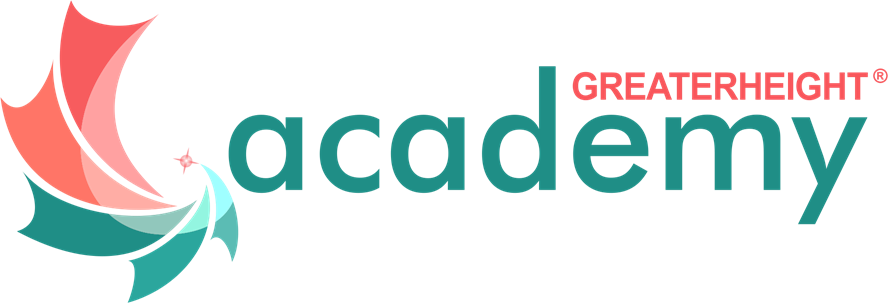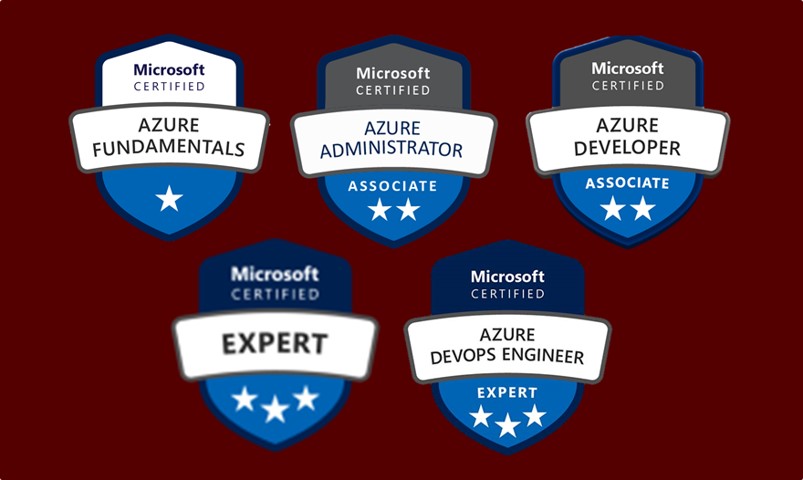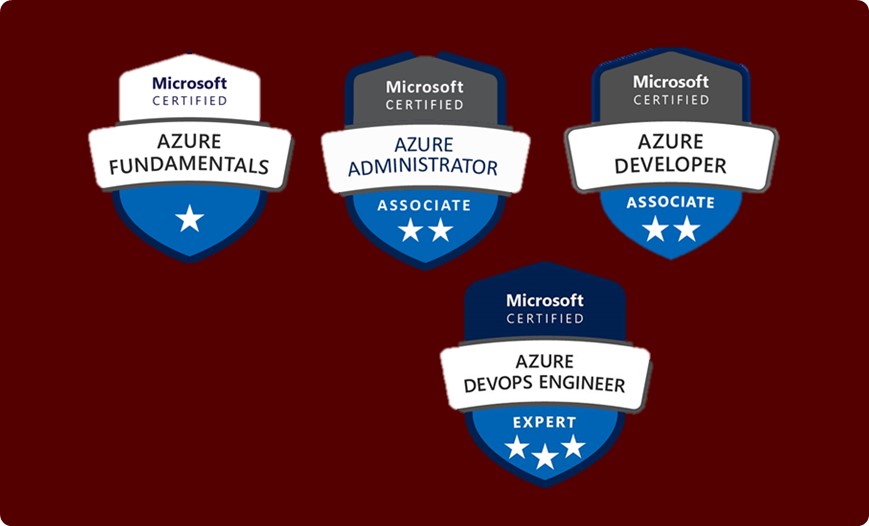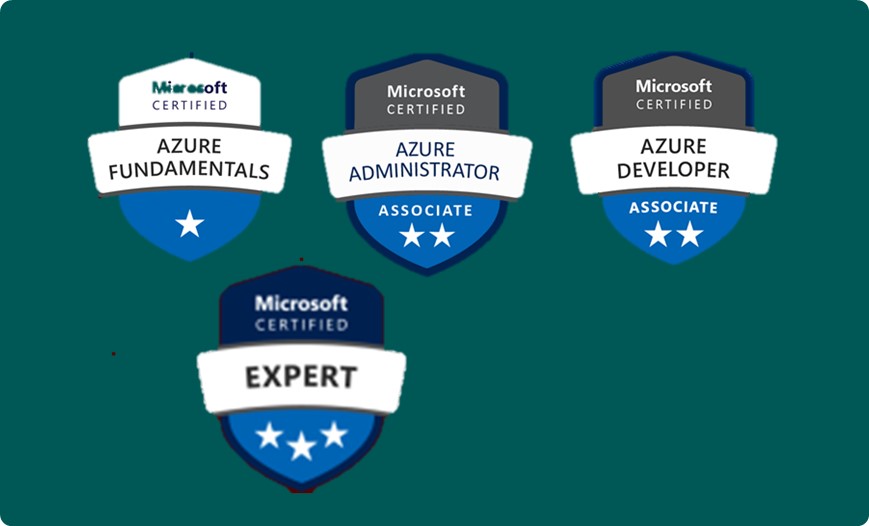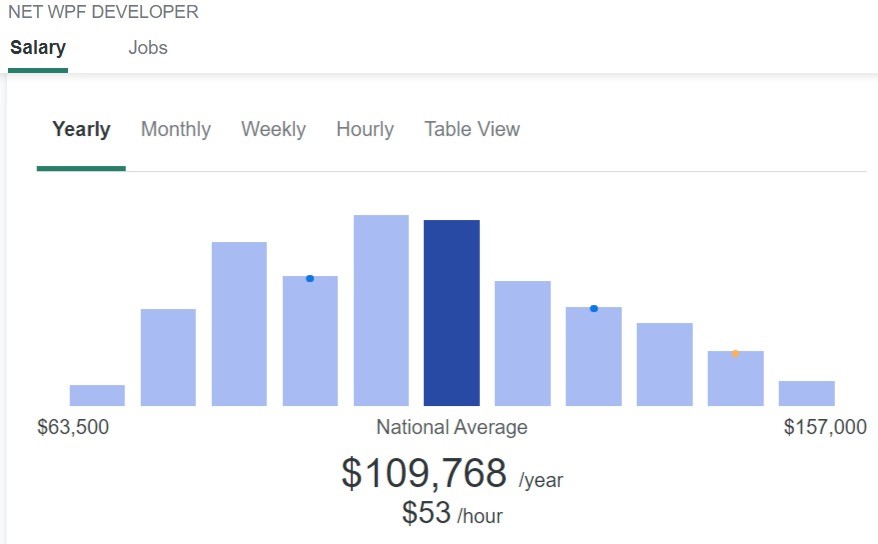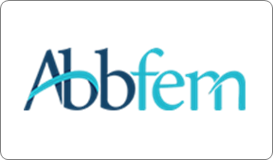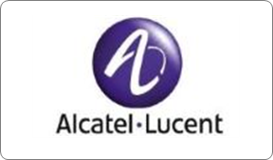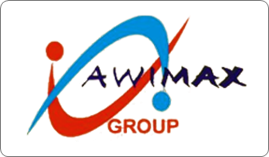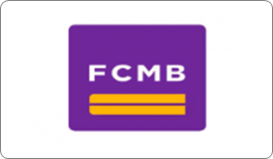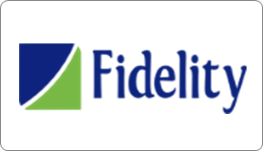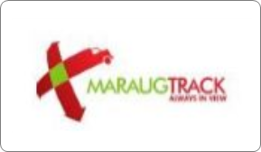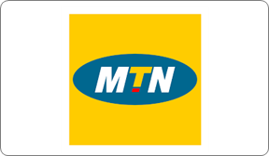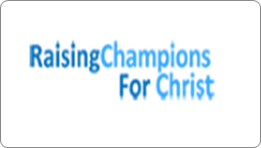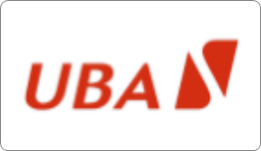C# 8 and .NET Core 6 Modern Cross-Platform Development
- Find out about the newest C# 10 features such as async streams and recursive patterns
- Build an authentication service using ASP .NET Core Identity
- Find out about XAML, the mark-up language behind native Windows apps
- Create code-first migrations with Entity Framework Core
- Understand Xamarin and Xamarin .Forms
- Create a simple, comprehensive RESTFul API with ASP .NET Core 6.0 Web API
- Build WPF desktop applications that utilize a Web API
- Consume your Web API from a cross-platform mobile application

Live Sessions
1 Yr. Membership

Skill Level
Beginner

Career Coaching
Weekly Session

Course Durations
4 Weeks

Assignment
20 Hours
Instructor-led Live Online Classes
Our learn-by-building-project method enables you to build practical or coding experience that sticks. 95% of our learners say they have confidence and remember more when they learn by building real world projects which is required to work in your real life.
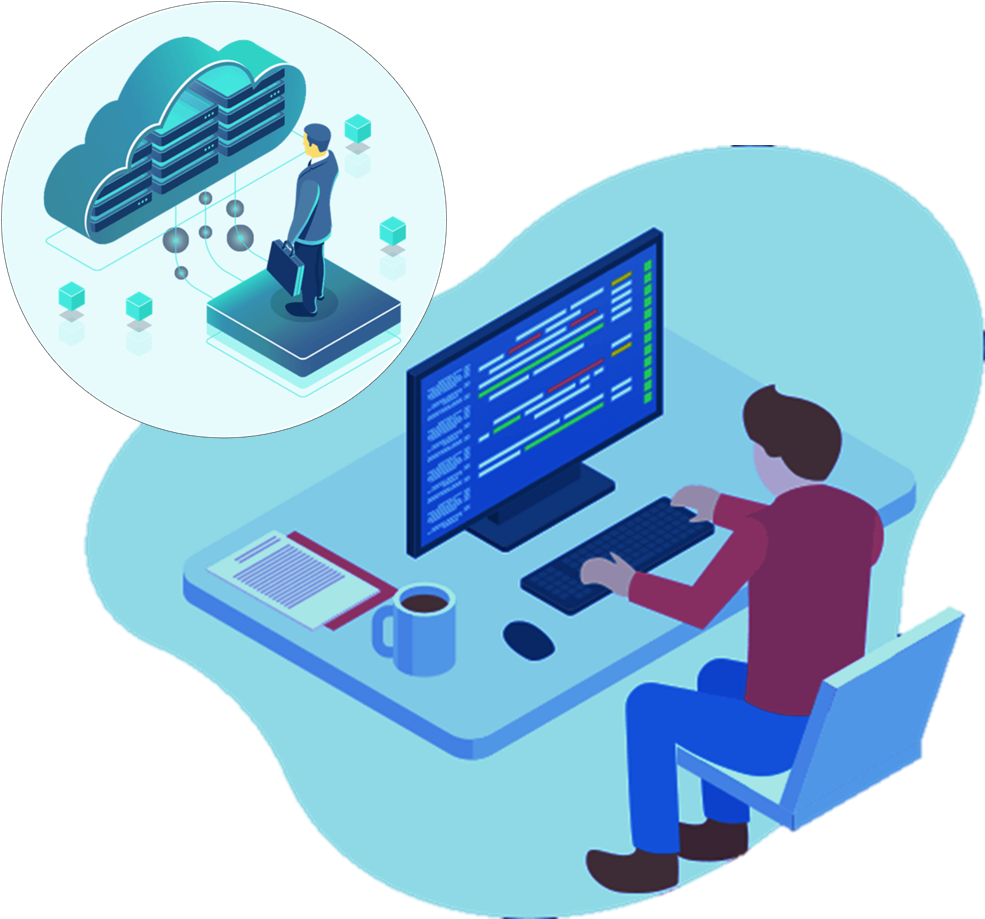
Cross-Platform Application Development Related Courses
Why Learn Cross-Platform Mobile Development?
Easy to Learn & Develop
Developing apps for multiple platforms is much easier than developing one app.
Keep Up With the Competition
If you want to keep up with the competition, cross platform app development is the way to go.
Essential For Successful Website
Cross-platform app development is a vital part of any website with an app.
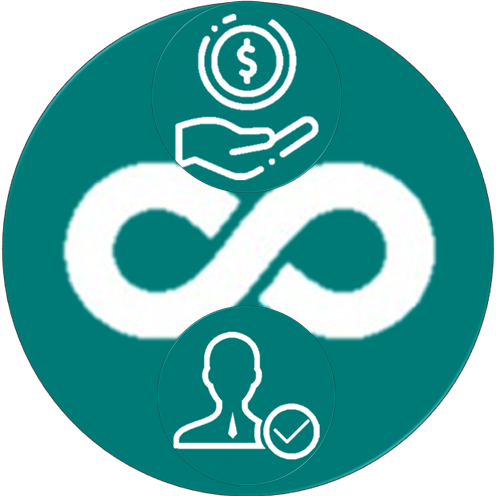
Better Client-Side Development
Since these apps are developed for smartphones and tablet devices, the software needs to be compatible with both platforms.
Collaborative Environment
Collaborative development makes it easier for developers to work on the same project and share ideas with their peers & reduce time.
Build App for Multiple Platforms
You are be able to create an app that works across different platforms, available to users on more than one platform.
Different Platforms, Better Target Audience
Cross platform app development has helped developers to create apps that work efficiently with a wider audience.
Increased Visibility and Reach
The number of mobile users keeps increasing, which means more people are accessing the internet through their mobile devices.
Time savings For productivity
With cross-platform apps, you will have fewer hours spent on the front end of the process and increased productivity in the long run.

Reduced Costs
By developing an app for multiple platforms, you’ll be using resources that are commonly available to all developers thus, reducing cost.

